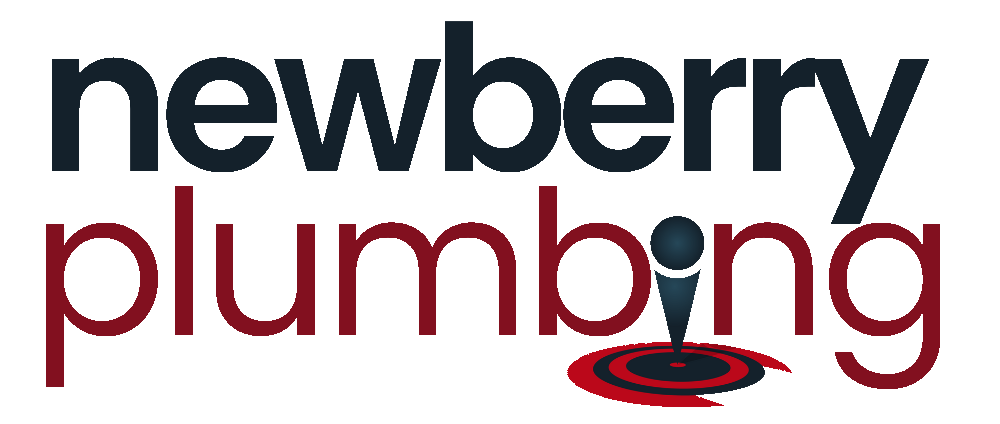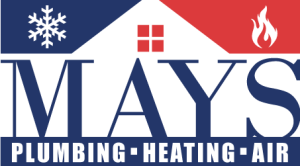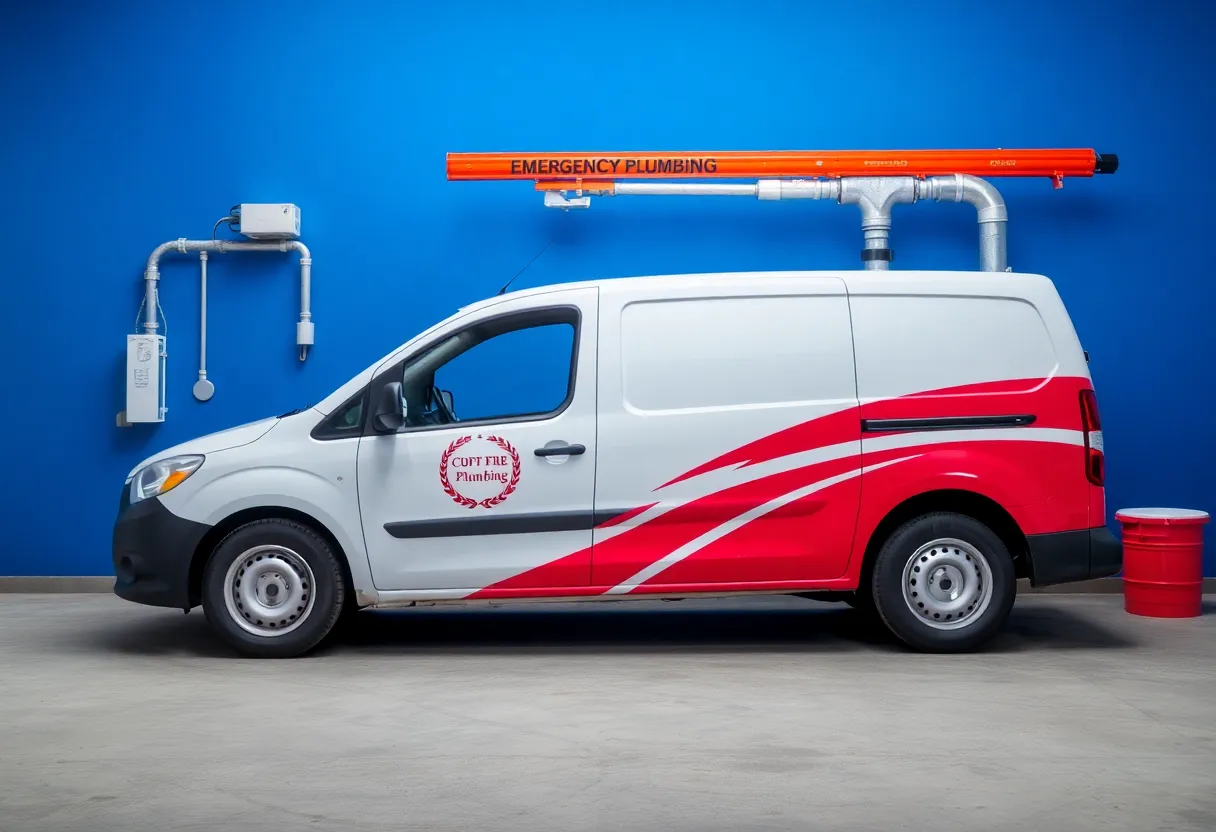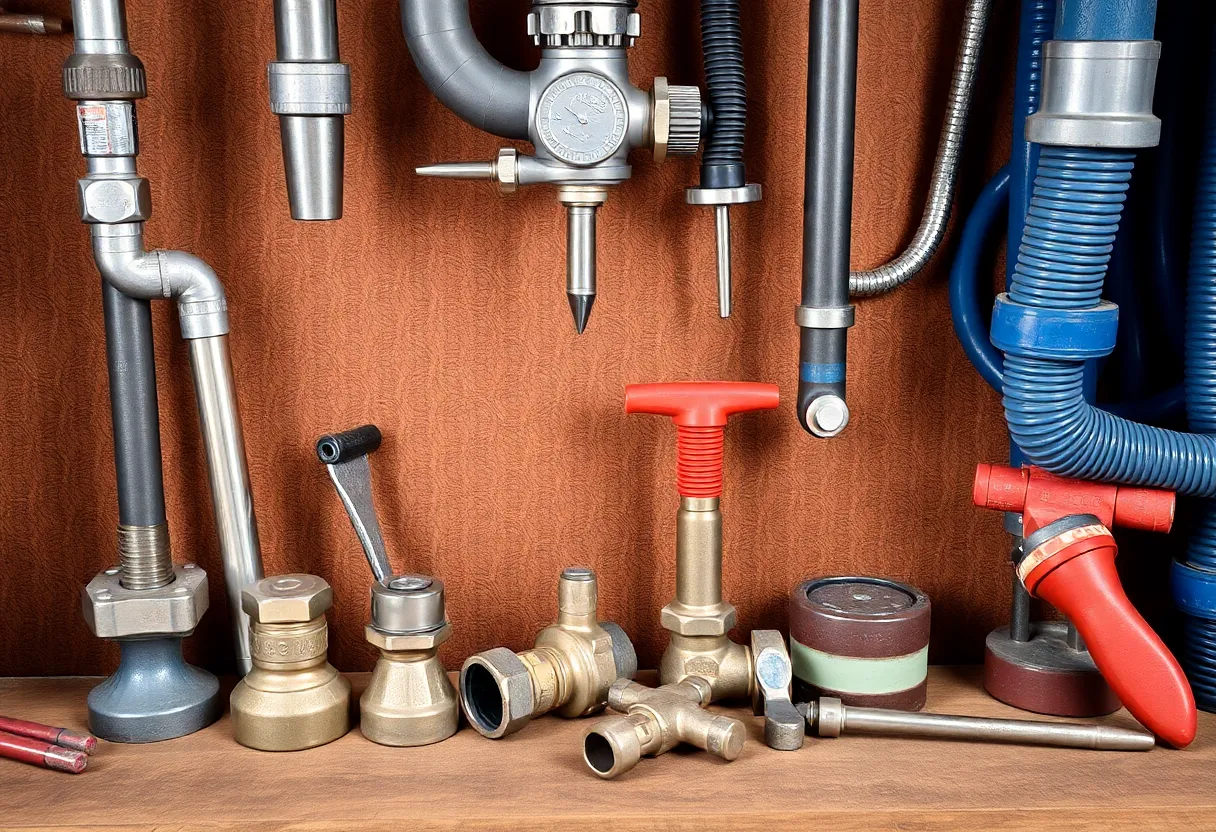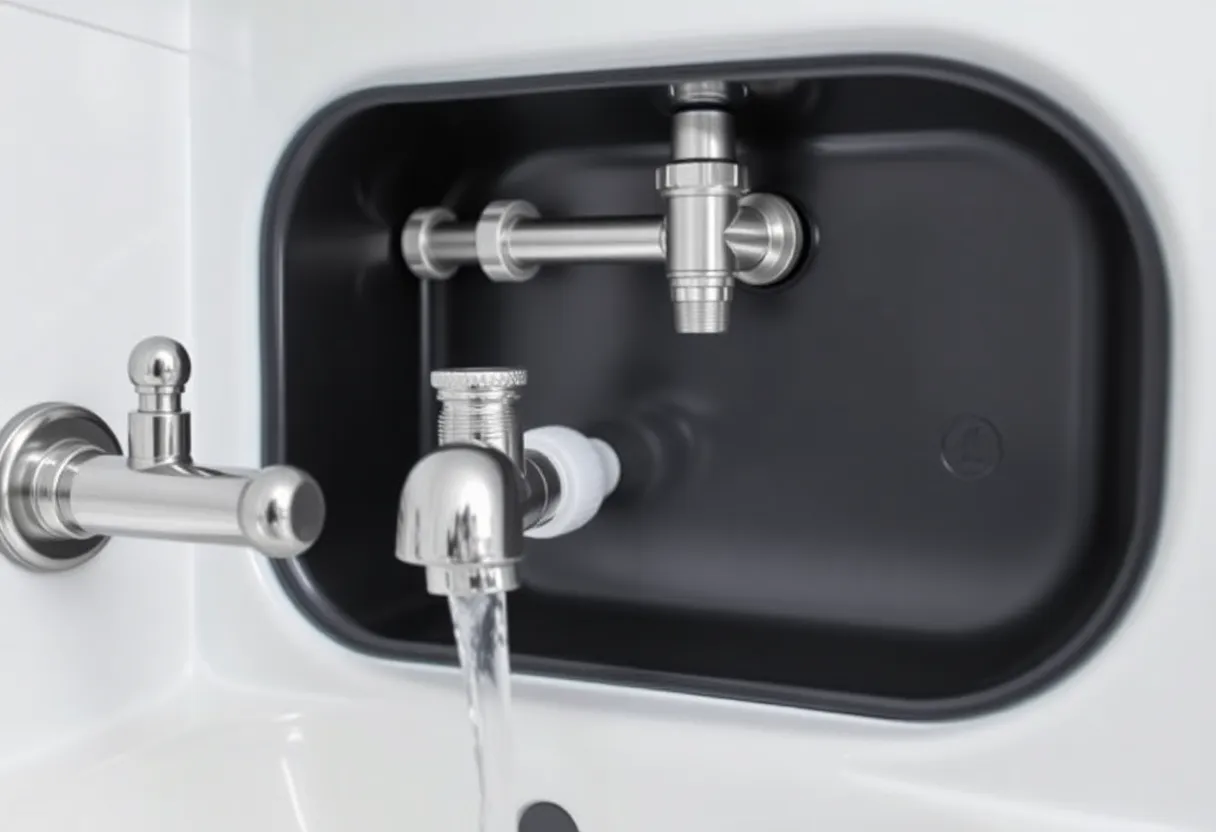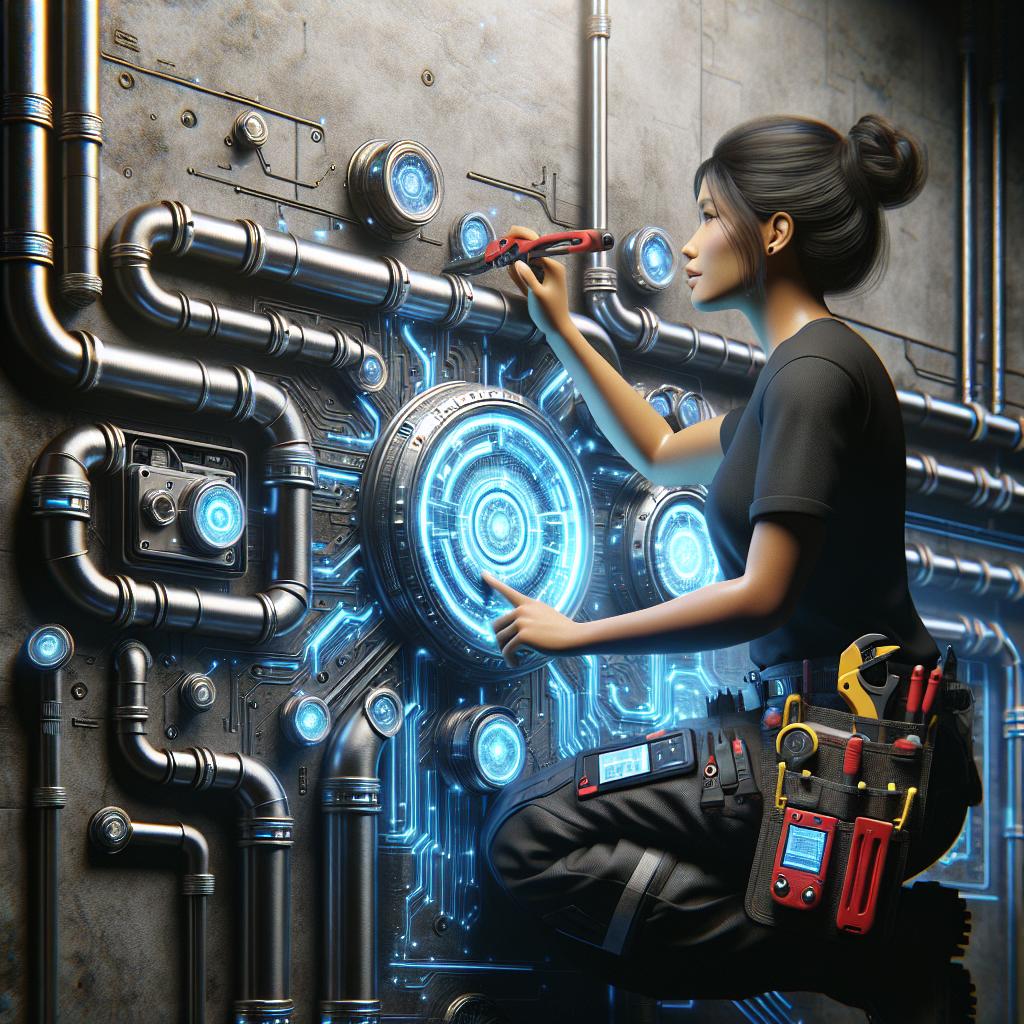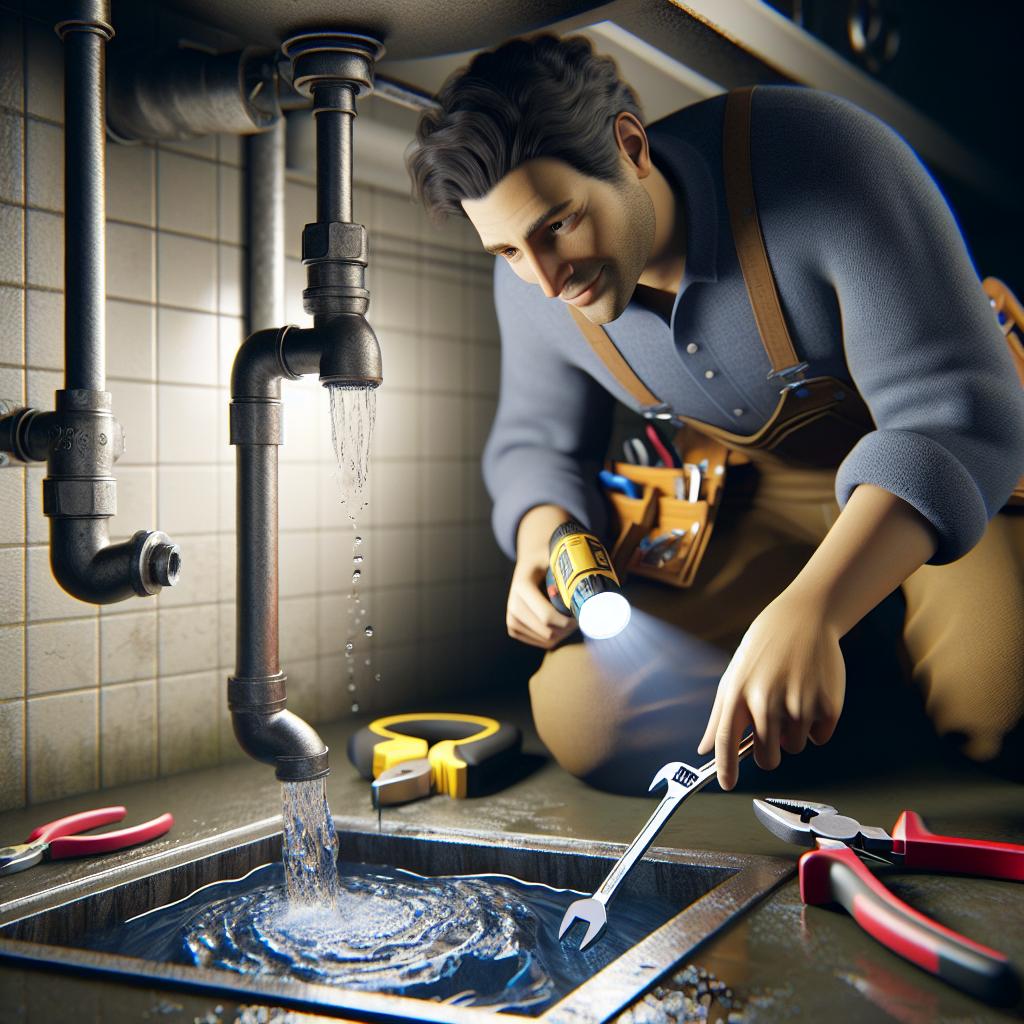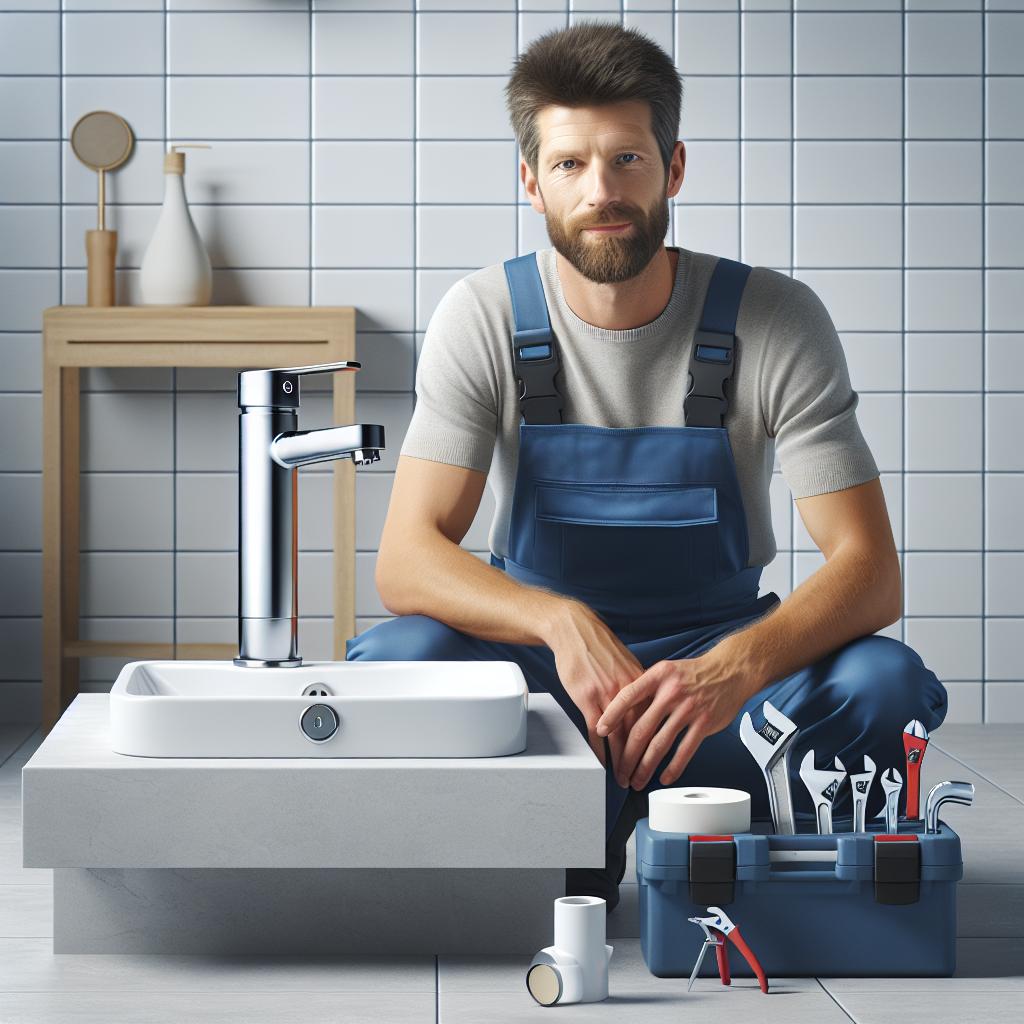The Plumbing Emergency Playbook: 9 Quick Fixes to Save Your Home from Sudden Floods
When unexpected flooding occurs in your home, panic can quickly set in. Whether it’s from a burst pipe, an overflowing toilet, or a leaky appliance, knowing how to address plumbing emergencies can save your home from serious damage. This article will guide you through the most common plumbing emergencies and provide you with 9 quick fixes that will help you tackle any situation effectively.
Understanding Plumbing Emergencies
Before diving into the quick fixes, it’s essential to understand what constitutes a plumbing emergency. A plumbing emergency refers to any situation that poses an imminent threat to your home and its occupants due to water damage. Such emergencies often require immediate attention and can lead to extensive repairs if not addressed quickly.
Common Plumbing Emergencies
Some typical plumbing emergencies include:
- Broken pipes
- Overflowing toilets
- Clogged drains
- Leaking appliances (e.g., dishwashers, washing machines)
- Water heater malfunctions
9 Quick Fixes for Plumbing Emergencies
Here are nine quick fixes that will help you manage plumbing emergencies until professional help arrives.
1. Locate and Shut Off the Main Water Supply
The very first step in any plumbing emergency is to locate the main water shut-off valve. Shutting off the water supply can prevent further flooding. Typically, this valve is found near the perimeter of your home—often in the basement or near an exterior wall. Turn the valve clockwise to stop the flow of water.
Tip:
Label your main water shut-off valve so everyone in your household knows how to quickly find it in emergencies.
2. Clear Blockages
If the emergency is caused by a clogged drain or toilet, addressing the blockage can mitigate the flooding. Here are some quick methods:
- Plumber’s Snake: A plumber’s snake can effectively remove stubborn clogs. Insert the snake into the drain and twist to break apart the blockage.
- Flange Plunger: For toilets, use a flange plunger. This type has an extended rubber flap that fits snugly into the toilet bowl, creating a better seal.
Tip:
Avoid using chemical drain cleaners, as they can cause pipe damage and may not be effective against tough clogs.
3. Deal with Leaking Pipes
If you notice a leak, the best action is to contain it. Use the following methods to manage a leaking pipe:
- Bucket or Container: Place a bucket or container under the leak to collect water and prevent further puddling.
- Tape or Sealant: In a pinch, use plumbing tape or sealant to cover the leak temporarily until a plumber can make permanent repairs.
Important:
Keep in mind that these measures are temporary solutions. Schedule a professional plumber to inspect the leak and provide a long-term fix.
4. Manage an Overflowing Toilet
An overflowing toilet can cause significant water damage if not handled immediately. Here’s how to stop the overflow:
- Shut Off the Water: Locate the toilet’s shut-off valve, usually found behind the toilet. Turn it clockwise to halt water supply.
- Plunge: After the water has stopped, use a plunger to try to clear the blockage that caused the overflow.
Reminder:
If the toilet continues to overflow despite plunging, avoid flushing it again, as this can worsen the situation.
5. Addressing Water Heater Leaks
A leaking water heater can cause extensive damage to your home and create hazards. Here’s how to deal with it:
- Shut Off the Heater: Turn off the energy source, whether it’s gas or electric. For electric heaters, turn off the circuit breaker.
- Shut Off the Water Supply: Use the shut-off valve near the water heater to stop the flow of water.
Caution:
Don’t attempt to repair the water heater yourself unless you are familiar with its components. Always seek professional help.
6. Inspect and Fix Leaking Appliances
Leaking appliances, such as dishwashers and washing machines, can also be a source of flooding. Here are some quick fixes:
- Check Hoses: Inspect hoses for any cracks or signs of wear. Tighten any loose connections or replace damaged hoses.
- Shut Off the Appliance: If leakage persists, switch off the appliance and disconnect it from the water source.
Tip:
Regular maintenance on appliances can prevent leaks and prolong their lifespan.
7. Dry the Affected Area
After the immediate plumbing issue has been addressed, focus on drying the affected area:
- Use Towels: Use absorbent towels or rags to soak up as much water as possible.
- Fans and Dehumidifiers: Set up fans or dehumidifiers to expedite the drying process, especially in carpeted areas.
Warning:
Standing water can lead to mold growth and further damage, so ensure prompt drying measures are implemented.
8. Check for Water Pressure Issues
Water pressure that is too high can lead to pipe bursts. Check your home’s water pressure by:
- Pressure Gauge: Purchase a simple water pressure gauge at a local hardware store and attach it to an outdoor faucet. The ideal pressure range is typically between 40-60 psi.
- Pressure Reducing Valve: If the pressure is too high, consider installing a pressure reducing valve (PRV) to regulate the flow.
Benefits:
Maintaining the appropriate water pressure can prevent future plumbing problems and save on water bills.
9. Know When to Call a Professional
While this playbook provides many quick fixes, certain situations require the expertise of a licensed plumber. Here are signs indicating you should seek professional help:
- Extensive Damage: If flooding is widespread, affecting multiple rooms, or if you notice structural damage.
- Recurrent Issues: Frequent plumbing problems may signal a systemic issue that needs a professional assessment.
- Gas Leaks: If you suspect a gas leak, evacuate the area immediately and contact professionals.
Advice:
Establish a good relationship with a local plumber before emergencies arise. Their expertise can be invaluable during crises.
Preventative Measures for the Future
Once you’ve managed an emergency, it’s essential to implement preventative measures to reduce the likelihood of future plumbing issues. Here are some strategies to consider:
- Regular Inspections: Schedule annual plumbing inspections to identify any potential problems before they escalate.
- Drain Maintenance: Regularly clean drains and remove any debris that could lead to blockages.
- Know Your System: Familiarize yourself with your home’s plumbing system. Understanding its layout can expedite emergency responses.
Conclusion
In conclusion, a plumbing emergency can be overwhelming, but having a playbook at your disposal can help minimize damage and restore order. By knowing how to quickly shut off the water supply, address leaks, and clear blockages, you can handle most situations effectively. Always keep your home and family safe, and never hesitate to call a professional when needed. With these quick fixes and preventative measures, you’ll be better equipped to manage plumbing emergencies and safeguard your home from sudden floods.
